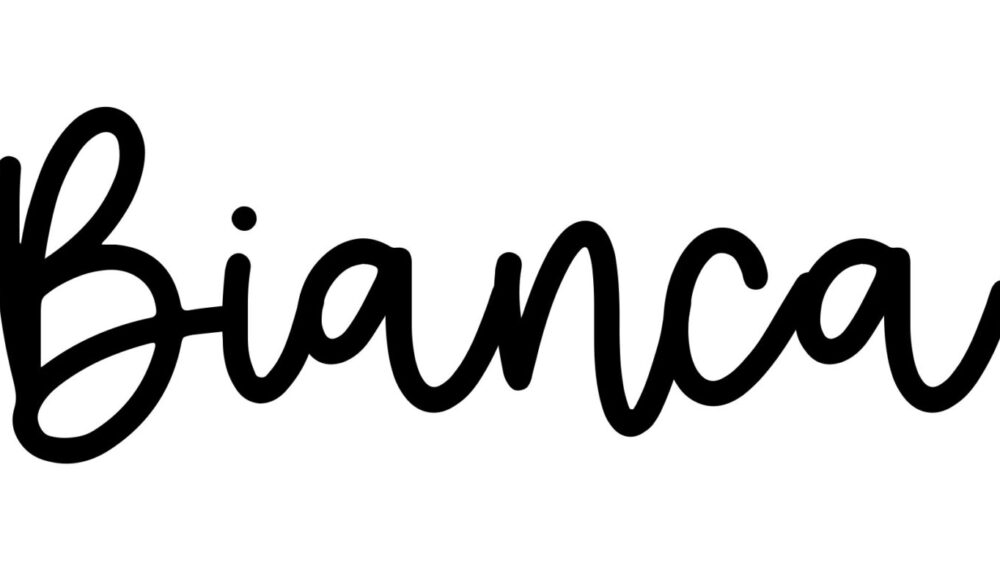
Bianca Hewes has a new book: On Teaching
A new book On Teaching: For New Graduates by star teacher Bianca Hewes is out. As a teacher educator I have followed Bianca’s career for many years. She has contributed generously to research studies I have conducted in schools; we have presented keynote addresses together at national edtech conferences, she has shared her wisdom with my English preservice teachers via video link from her school to UTS on several occasions, plus Bianca’s blog and Twitter handle are on my recommended list for who to follow in schools in the units I teach.
Bianca was also a postgraduate student of mine until the demands of study on top of her huge workload as a classroom teacher and school leader understandably became all too much. This book I might add is a contribution to new knowledge … I say it’s a veritable PhD in fact! Dr BH! Congratulations! So, when I heard she was writing a book targeting new graduates – one that was both professional and practical, I was keen to get my hands on a copy ASAP.
This book for new graduates is timely, well written, rich with the voices of students and colleagues she has either taught or worked with – it hits so many of the reminders of new teachers’ lives in schools. I am in awe of how Bianca has managed to capture so much of the school experience in … just 21 chapters in 200 pages.
My post here is not a book review in the academic sense of what that means but I offer comments to honor a professional who deeply understands what it means to teach effectively and has often been constrained by an education system that is slow to change, didn’t always understand innovation nor know how to embrace and nurture those front runner practitioners who don’t always conform.
Let’s start …
At the end of Chapter 1 Bianca quotes John Dewey (1938): The most important attitude that can be formed is that of a desire to go on learning (p. 29). And she closes her invitation to new graduates with: It will be through the experiences of being in the classroom that you become a teacher underpinned by her core philosophy that you are always becoming a teacher because teaching is praxis (p.7). Nice.
Throughout the book, whether its advice on finding your place, teacher myths and stereotypes or how to establish a healthy work-life balance Bianca writes with grace and humility about what should count in both becoming professional and in practice in K-12 education.
Chapters 7 and 8 tackle the big issues of lesson design and program writing. My pet concerns too. In Figure 7.1 Bianca shares a simple structure showing percentage of time devoted to each stage of a lesson. This is useful as often it’s something new graduates struggle with (more experienced teachers too) and she concludes with a reminder to above all … be creative.
I love the series of FIVE tips in Chapter 8 on program writing:
- Think like a writer
- Familiarise yourself with the school’s program structure
- Less is more with programming (bit like a favourite mantra of mine planning hard to teach easy)
- Think about your methodology. For example: PBL and the Teaching and Learning Cycle detailed in Figure 8.1 – exactly as Bianca says use this as your superpower when designing your programs (p85); and
- Keep your programs fresh … i.e. not teaching the same thing each year without modifications. Do not write entirely new programs every year … and do not reinvent the wheel (p 88). Yes! Yes! Yes indeed!!!
The chapters on connecting with students (Chapter 9) and student engagement (Chapter 10) are imbued with practical strategies she uses and continues to use … things like keeping connected to the world of young people, smile at students in the corridors even before they smile at you and forgive … each day is a new learning opportunity – don’t hold grudges (p.101). Ideas on student engagement and the importance of patience, respect and kindness are essential in teachers’ lives and this latter chapter finishes with Nathan’s thoughts about the critical quality of empathy in what he likes in his best teachers and the six golden rules from teacher Dr Kaye Price will ensure a better tomorrow for all children and young people (p.117).
There is no shying away from the emotional labor of teaching. It’s big. In Chapter 11 Bianca gives SEVEN handy strategies; these dovetail neatly into Chapter 12 which includes asking for help, saying no (a polite no) and maintaining autonomy – all are critical tools when developing a graduate teacher repertoire. Hard to do in the early years and the suggestions made around growing your own knowledge are essential.
Brilliant assessment ideas and practices abound in Chapter 13; and follow On marking (Chapter 14) and On reporting (Chapter 15) – these are super helpful as often they are the cause of much angst and uncertainty in Initial Teacher Education (ITE) units. In the past decade ITE has turned its attention to these critical components of practice in more programs.
Chapters 16-21 showcase aspects of new graduate life ranging from handling parent-teacher interviews, attending meetings and professional learning, social media, to farewelling a beloved class, school holidays and the dreaded B & Q words … burnout and quitting but remembering to CELEBRATE SMALL WINS.
I did not set out to write such a long post BUT in a nutshell this new book should be on the Essential Text Reading List in all ITE programs* – I know it will be on mine. Give the book to a new teacher you know at a school and maybe to others you want to encourage to consider a career in the profession. And perhaps, school librarians could purchase it for careers advisors at their school, for example, so they might share it when giving advice to school leavers contemplating a teaching career? Thank you, Bianca, for making time to start and complete this large writing project – I love the retro pics in the text and most of all thank you for your dedication and ongoing commitment to this most worthwhile of all the professions. Go well xx
*You can order a copy here
